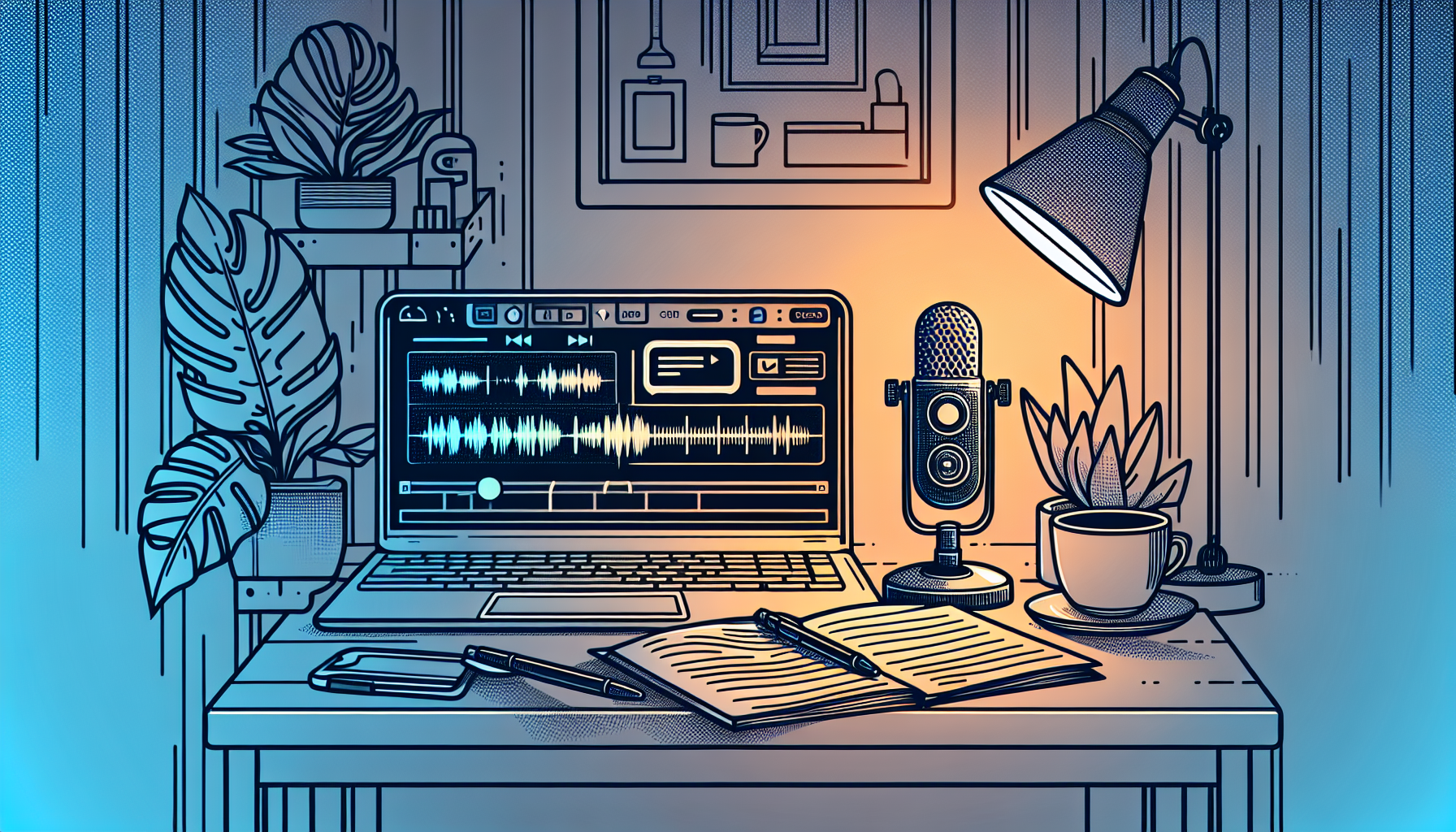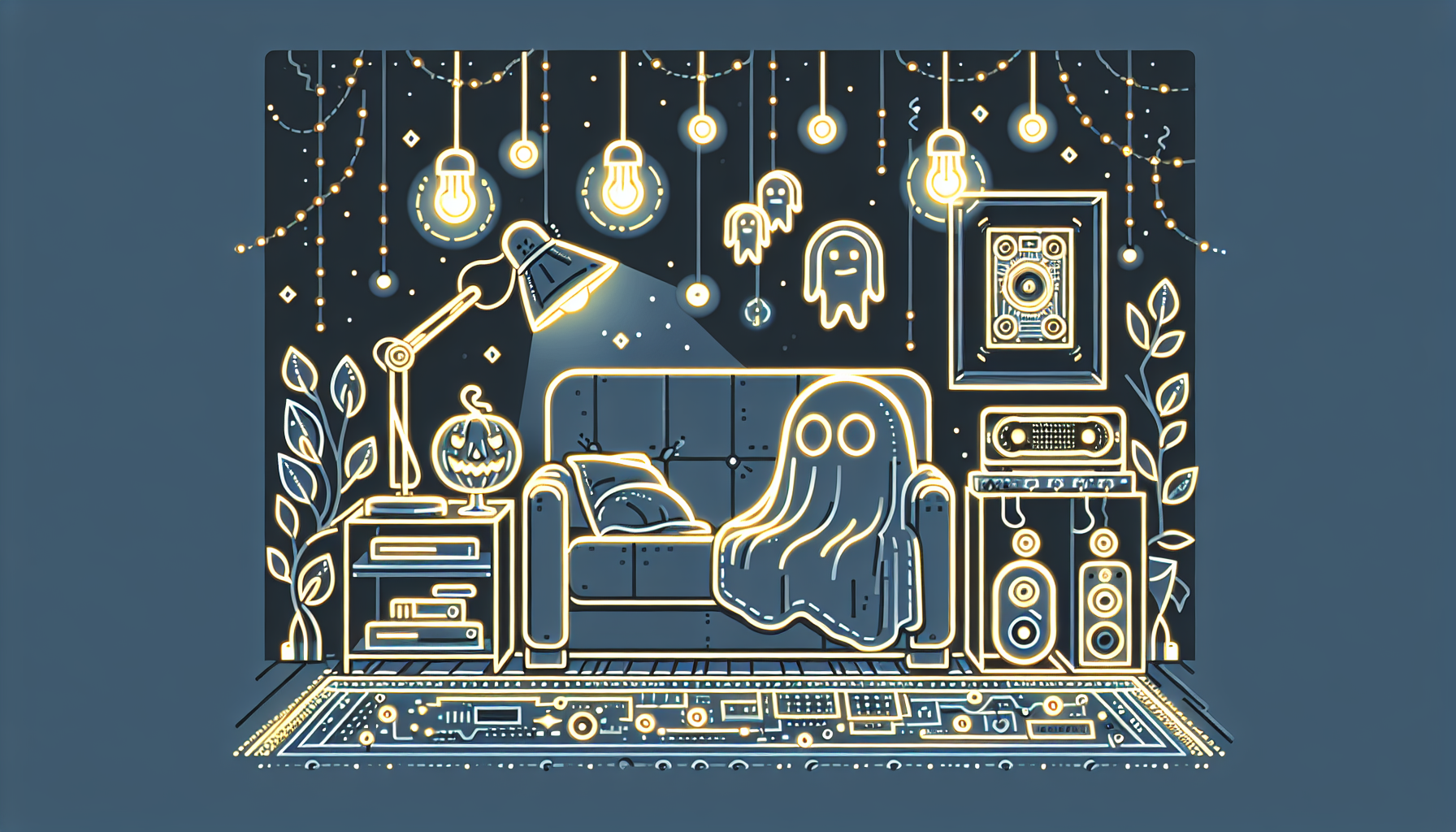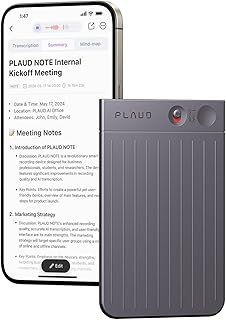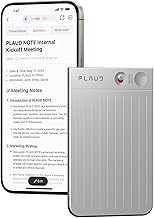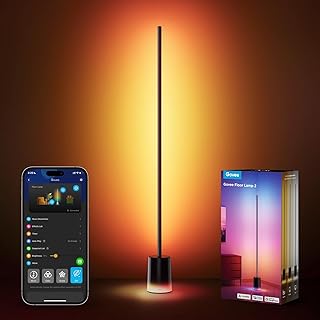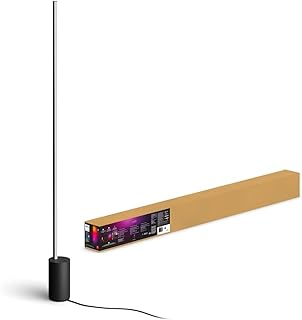Build Your Own DIY AI Voice Recorder for Notes
In a world where time is precious and recording thoughts is essential, the increase in voice notes has become a staple in our everyday lives. Imagine having the power to not only capture your fleeting thoughts but also enhance them with cutting-edge AI. Today, I’m excited to introduce an engaging DIY project that can elevate your note-taking experience: creating a personalized AI voice recorder using the innovative PLAUD Note Voice Recorder.
Why Create a DIY AI Voice Recorder?
Benefits of Using a Voice Recorder
- Capture spontaneous thoughts and insights with ease.
- Perfect for students and professionals aiming to summarize lectures and meetings efficiently.
Advantages of AI-Powered Recorders
- Enjoy enhanced transcription capabilities that make note-taking a breeze.
- Automated summary generation saves you precious time, allowing you to focus on what really matters.
Materials Needed
Core Components
To kick off your DIY adventure, here’s what you’ll need:
- PLAUD Note Voice Recorder
- Additional software or firmware to integrate AI features, particularly focusing on GPT technologies.
Optional Enhancements
For those looking to add a personal touch, consider the following:
- External microphones to ensure superior audio quality.
- Battery packs for extended recordings during those long sessions.
Step-by-Step Guide to Building Your DIY AI Voice Recorder
Setting Up the PLAUD Voice Recorder
Once you’ve got your hands on the PLAUD Voice Recorder, the first step is unboxing and configuring the device:
- Begin by carefully unboxing your recorder.
- Follow the on-screen prompts for initial configuration.
- Download any necessary updates or apps straight from the PLAUD website.
Integrating AI Features
This part can feel daunting but fear not. Here’s how to integrate AI functionalities:
- Begin by following the instructions provided in your user manual for firmware installations.
- If you’re technically inclined, consider incorporating some DIY coding snippets to enhance the AI features.
Customizing Your Voice Recorder
Tailoring Settings for Different Uses
What good is a voice recorder if it doesn’t suit your specific needs? Here are tips to adjust settings:
- Customize recording settings based on your environment, whether it be a noisy classroom or a quiet conference room.
Enhancing AI Capability
Explore options for further AI-enabled features to personalize your voice recorder:
- Experiment with various tools or commands that cater to your unique recording habits.
Testing and Using Your DIY Recorder
Testing the Device
Put your new setup to the test with these recommended exercises:
- Record some practice sessions to familiarize yourself with the device.
- Experiment with the AI summaries; how effective are they in capturing the essence of your audio?
Practical Applications
This voice recorder shines in various contexts. Consider these scenarios:
- Students can easily use it to capture lectures, ensuring they don’t miss vital information.
- Professionals can record meetings to assure they’re staying on top of all discussions.
- Content creators will find it invaluable for brainstorming ideas or capturing interviews.
Final Thoughts
In today’s tech-driven atmosphere, having a customized AI voice recorder can significantly enhance your productivity. I encourage you to experiment with different settings, try out enhancements, and truly make this project your own. Have you built your own voice recorder? I’d love to hear about your experiences and any modifications you’ve made!

